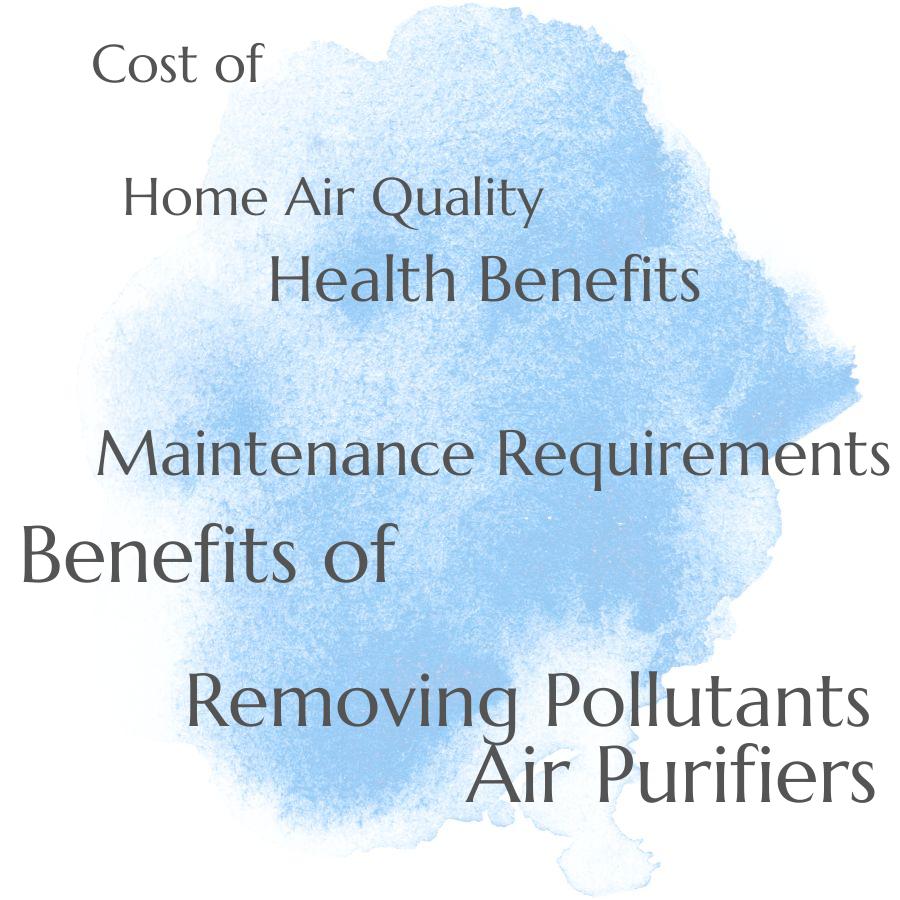Yes, air purifiers can be effective at improving home air quality.
Air purifiers have become increasingly popular in recent years as people become more aware of the need to improve indoor air quality. But are they really effective at improving home air quality? In this blog post, we’ll explore the science behind air purifiers and discuss whether they’re an effective way to keep your home’s air clean and healthy.
Types of Air Purifiers

They work by trapping airborne particles, such as dust, pollen, and smoke, and removing them from the air. There are several different types of air purifiers available on the market today.
The most common type is a mechanical filter-based air purifier. These use filters to capture particles from the air as it passes through them.
The filters can be made of paper or cloth materials that trap particles as small as 0.3 microns in size (about 1/200th of a millimeter). This type of filter is effective at removing allergens like pet dander and dust mites from the air but may not be able to remove smaller particles like bacteria or viruses.
Another type of air purifier is an electronic one which uses charged plates to attract airborne particles like dust and smoke onto its surface where they can then be removed with regular cleaning or replacement of the plates. Electronic models tend to be more expensive than mechanical ones but they are also more efficient at capturing smaller particles such as bacteria and viruses which makes them better for people with allergies or asthma who need extra protection against these pollutants in their homes.
There are ozone generators which produce ozone gas that reacts with airborne pollutants like mold spores and chemical vapors to break them down into harmless compounds before releasing clean filtered air back into your home environment. Ozone generators should only be used in well-ventilated areas since high levels of ozone gas can cause health problems if inhaled over long periods of time so it’s important to read all instructions carefully before using one in your home environment
Benefits of Air Purifiers
They work by drawing in air from the room and passing it through a filter which captures these particles. The filtered air is then released back into the room, resulting in cleaner and healthier air for everyone to breathe.
The benefits of using an air purifier are numerous. First, they can reduce or eliminate unpleasant odors caused by smoke, pets, cooking fumes, etc., making your home more pleasant to be in.
Second, they can help reduce allergies and asthma symptoms as well as other respiratory issues caused by airborne irritants such as dust mites or pollen. Thirdly, they can also reduce levels of indoor pollutants such as volatile organic compounds (VOCs) which have been linked to health problems like headaches and nausea when present at high levels indoors.
Using an air purifier may even help improve sleep quality since clean air helps us breathe easier while we sleep!
Cost of Air Purifiers
The cost of an air purifier can vary depending on the size of the unit, its features, and its brand. Generally speaking, smaller units with fewer features will be less expensive than larger units with more features.
Some brands may offer higher-end models that come with additional features such as HEPA filters or UV light technology for added protection against airborne particles. Ultimately, it is important to consider your budget when shopping for an air purifier so you can find one that fits your needs without breaking the bank.
Maintenance Requirements for Air Purifiers
Regular maintenance of an air purifier includes cleaning or replacing the filter, emptying the dust bin, and checking for any other parts that may need to be replaced. Cleaning or replacing the filter is important because a clogged filter can reduce airflow and make it difficult for the purifier to do its job.
Emptying the dust bin should be done regularly as well, as this will help keep your machine running efficiently and prevent buildup of dirt and debris. Lastly, you should check all other parts such as fans, motors, belts, etc., for signs of wear or damage so they can be replaced if necessary.
By following these simple steps on a regular basis you can ensure that your air purifier remains effective at improving home air quality.
Effectiveness in Removing Pollutants From the Air
Pollutants can include dust, pollen, pet dander, smoke particles, and other airborne contaminants. Air purifiers work by trapping these pollutants in filters or absorbing them with special materials like activated carbon.
The effectiveness of an air purifier depends on its size and type of filter used. Smaller units may not be able to remove all types of pollutants while larger units may be more effective at capturing smaller particles such as smoke or dust mites.
Some air purifiers use ultraviolet light to kill bacteria and viruses that can cause health problems if inhaled.
Health Benefits Associated With Improved Home Air Quality
Air purifiers are designed to remove pollutants from the air, such as dust, pollen, smoke, and other allergens. By reducing these pollutants in the home environment, people can experience fewer respiratory issues and allergies.
Improved air quality can reduce the risk of developing asthma or other chronic illnesses associated with poor indoor air quality. Furthermore, better indoor air quality may also lead to improved sleep patterns due to reduced exposure to airborne irritants that could otherwise disrupt restful sleep.